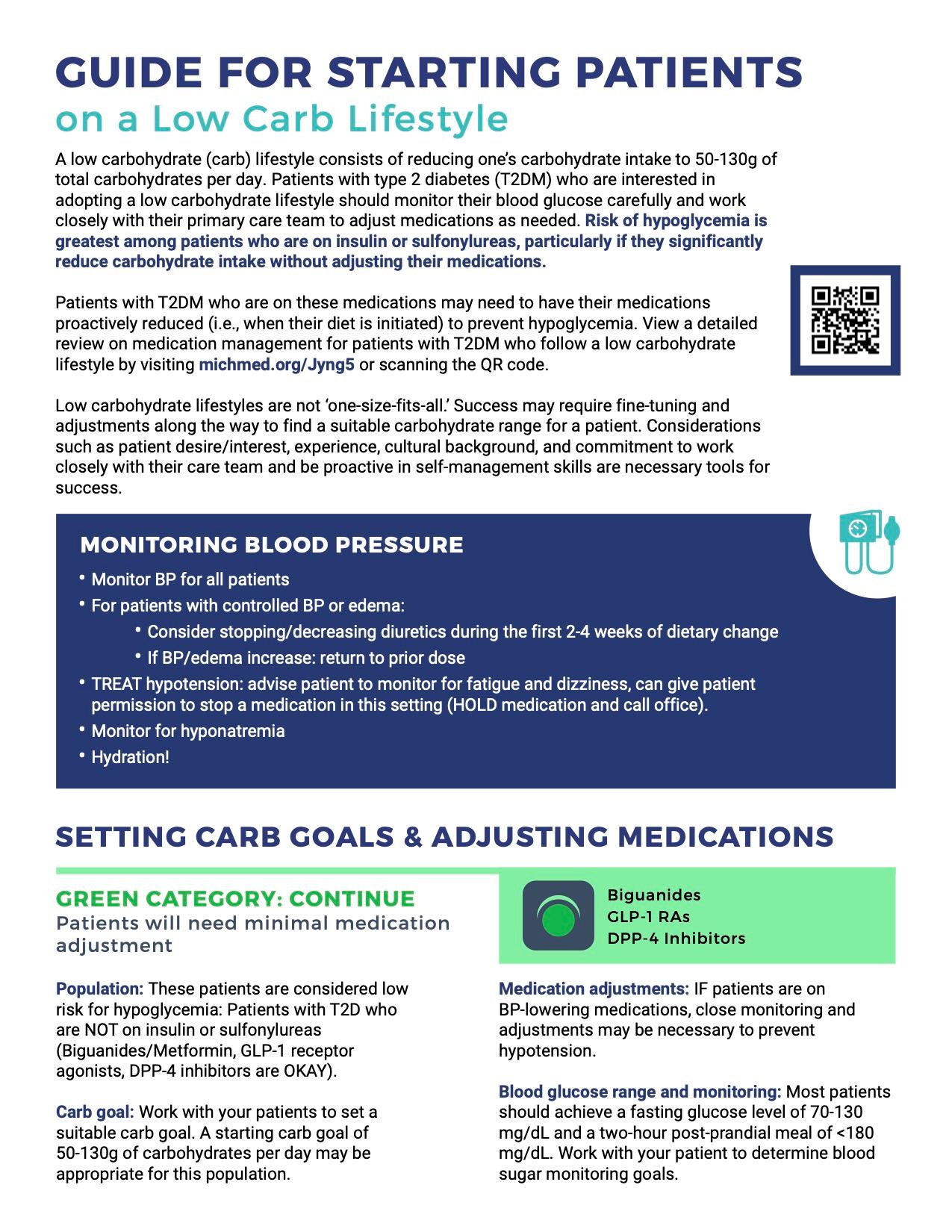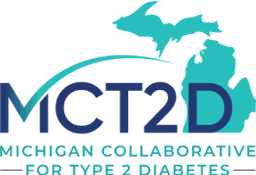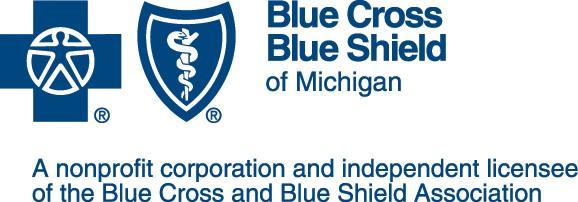NEWS & EVENTS
SPECIALTY CARE

Guide for Starting Patients on a Low Carb Lifestyle: Adjusting Diabetes Medications
Updated: 01/17/25
A green, yellow, and red light system for aadjusting diabetes medications like GLP-1 RAs, DPP-4i's, basal and bolus insulin, and sulfonylureas and monitoring blood glucose and adapting nutrition goals while adopting a low carb lifestyle.
A low carbohydrate (carb) lifestyle consists of reducing one’s carbohydrate intake to 50-130g of total carbohydrates per day. Patients with type 2 diabetes (T2DM) who are interested in adopting a low carbohydrate lifestyle should monitor their blood glucose carefully and work closely with their primary care team to adjust medications as needed. Risk of hypoglycemia is greatest among patients who are on insulin or sulfonylureas, particularly if they significantly reduce carbohydrate intake without adjusting their medications.
Patients with T2DM who are on these medications may need to have their medications proactively reduced (i.e., when their diet is initiated) to prevent hypoglycemia. View a detailed review on medication management for patients with T2DM who follow a low carbohydrate lifestyle by visiting michmed.org/Jyng5 or scanning the QR code. Low carbohydrate lifestyles are not ‘one-size-fits-all.’ Success may require fine-tuning and adjustments along the way to find a suitable carbohydrate range for a patient. Considerations such as patient desire/interest, experience, cultural background, and commitment to work closely with their care team and be proactive in self-management skills are necessary tools for success.
Developed by MCT2D Leadership team, including Dr. Heidi Diez, PharmD and Dr. Dina Hafez Griauzde, MD. Last modified October 2022.
Tags: Point-of-care, For Providers, Created By MCT2D, Handout, Nephrology, Endocrinology


